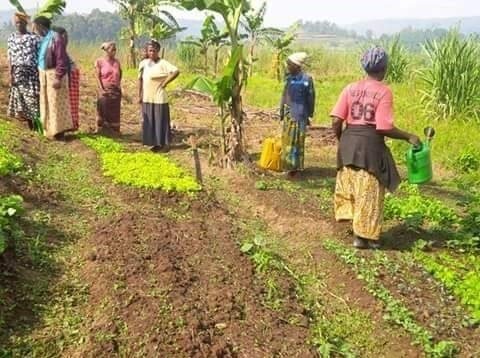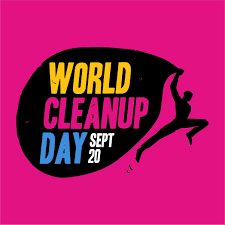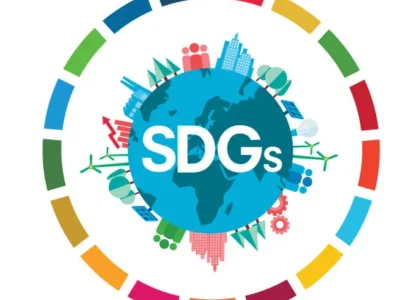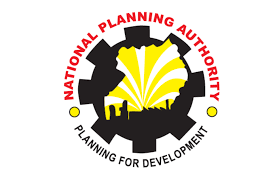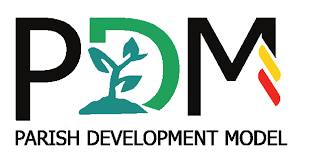The current population of Uganda is estimated at 49 million people based on interpolation of the latest United Nations data. This is almost double the population 20 years ago. In that same period, GDP has multiplied six fold from USD 6.6bn to 40.53 billion USD. The growth notwithstanding, Uganda remains one of the world’s poorest countries at number 187 in terms of GDP per capita 1. This is despite the fact that Poverty eradication has been a fundamental objective of Uganda’s development strategy for the last three or more decades. Government determination to reduce the proportion of the population living in absolute poverty to 10% and in relative poverty to 30% dates way back in 1997 with the launch of the Poverty Eradication Action Plan (PEAP) as a National Policy Framework to enable the majority of Ugandans have access to basic social services, descent housing with acceptable living standards, be able to read and write, and be free from the threat of hunger and famine in the next twenty years. There were several PEAPs that were eventually transformed into the National Development Plans- I, II, and currently III whose Goal is Increased Household Incomes and Improved Quality of Life of Ugandans; and a revised target of reducing the population living below the poverty line to 20% All these plans are meant to bring about improvements of poor peoples livelihoods. So, how come Uganda still one of the poorest countries with one of the lowest GDP per capita? In general, Uganda’s poor include small holder farmers in the countryside, the unemployed in urban areas, jobless youths, the illiterate and uneducated, orphans, beggars and street children, and a special category of the vulnerable poor as the landless, pastoralists, settlers in drought prone areas and victims of natural and man-made disasters. Defined broadly, poverty is a dynamic process of socio-economic, cultural, political or other deprivations which affects individual households or communities often resulting into for instance, lack of access to the basic necessities of life, a feeling of powerlessness and helplessness, isolation and or social exclusion 2; Poverty can also be explained at an individual, household, and community level. At individual level, poverty manifests in tangible lacks in terms of productive assets like land and labor, lack of basic necessities such as food, shelter and clothing. It can also be seen at an angle of intangible terms such as no social networks and support; no formal education and skills, poor health, isolation, voiceless and powerless in the community.
At household level, large families, excessive alcohol consumption and domestic violence, are some of the most common causes of poverty; whereas lack of markets and market information, limited basic community services like schools, health facilities and roads could best define poverty at community level.
So, will the NDP III suffice and deliver wealth? If we asked a section of Ugandans, what their priorities are, would they be in sync with the NDP priorities. The NDP III priorities are agriculture, ICT, minerals and petroleum development, manufacturing, human capital and infrastructure development. – not sure if they follow order of importance or the reverse, as agriculture which accounts for about 24.1% of GDP, and 33% of export earnings allocation in the 2022/23 budget was a mere 3% compared to ICT. Can ICT address the poverty situation on Uganda? How come agriculture which indicated as a priority only gets 3% of the budget


